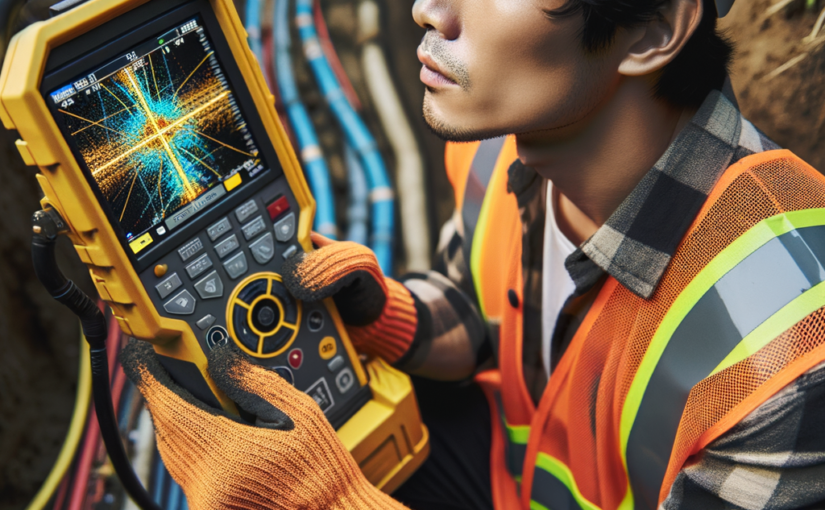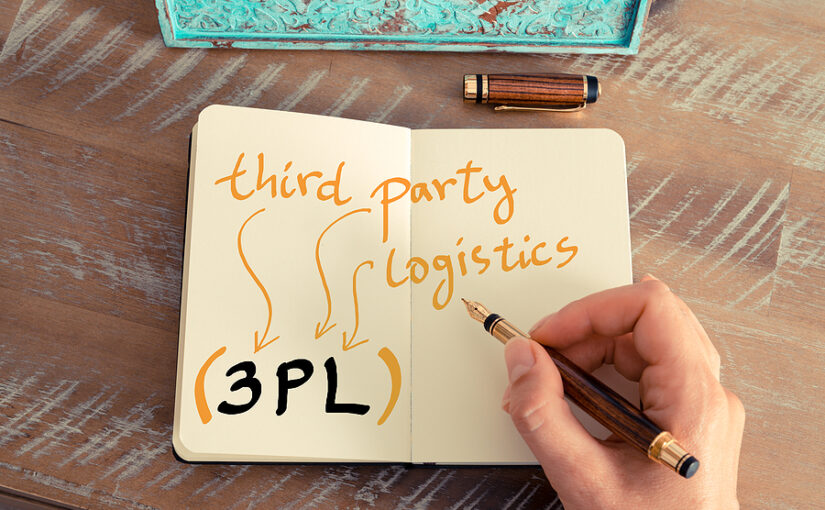In the bustling world of food service and retail, the commercial fridge stands as an unsung hero, working tirelessly behind the scenes to keep perishables fresh and safe for consumption. This cornerstone of kitchen efficiency not only preserves the quality of food but also plays a crucial role in preventing food waste, thereby supporting businesses in their quest for sustainability and profitability. However, just like any hardworking machine, commercial refrigerators are prone to wear and tear, necessitating prompt and professional repair services to maintain their optimal performance.
Understanding Commercial Fridge Maintenance
To ensure the longevity and efficiency of your commercial refrigeration unit, a comprehensive approach to maintenance is essential. This involves regular cleaning, timely repairs, and understanding the common issues that can impact your fridge’s performance. By staying ahead of maintenance, you can avoid unexpected breakdowns that could disrupt your business operations and lead to costly losses.
The Importance of Professional Repairs
When it comes to Sydney’s expert fridge repair services, it’s crucial to rely on professionals who specialize in commercial appliances. These experts are equipped with the knowledge and tools necessary to diagnose and fix issues efficiently, minimizing downtime for your business. From replacing worn-out components to recalibrating temperature controls, professional repair services ensure your fridge operates reliably, keeping your inventory in top condition.
Preventive Measures to Avoid Downtime
One of the key strategies to avoid the inconvenience and expense of unexpected fridge failures is to adopt preventive measures. This includes scheduling regular inspections, cleaning condenser coils to ensure proper air flow, and promptly addressing any signs of malfunction. By being proactive about maintenance, you can extend the lifespan of your commercial fridge and safeguard your business against the interruption of services.
When to Seek Professional Help
Recognizing the signs that your commercial fridge needs repair is vital to preventing further damage and potential health risks. If you notice fluctuations in temperature, unusual noises, or water leaks, it’s time to call in the experts. These symptoms indicate underlying issues that require immediate attention to ensure the safety and quality of your stored food products.
Conclusion
The role of commercial fridges in the food service and retail industries cannot be overstated. They are integral to the success of businesses, ensuring the freshness and safety of food products. However, to maintain their efficiency and reliability, a diligent approach to maintenance and repairs is essential. By understanding the importance of professional repair services and adopting preventive measures, businesses can ensure their commercial fridges continue to serve their purpose effectively. Remember, timely intervention by professional fridge repair services in Sydney can save you time, money, and protect your business’s reputation. Always be vigilant and proactive in the care of your commercial refrigeration units to keep them running smoothly for years to come.In addition to maintaining your commercial fridge, staying informed about food safety practices is paramount. Ensuring that your storage methods comply with the latest standards helps in preventing foodborne illnesses and contributes to the overall health and safety of your customers.








